Summer break is here and it's time to review online safety for kids
With summer break upon us, there's no better time to refresh kids online safety protocols.

As a parent of two young children who had their last day of school for the year just this week, my wife and I have been looking at ways to keep them entertained over the summer. Aside from family outings and day camp, more screen time will likely be on the itinerary for our kids. Parents are constantly looking at ways to keep their children as safe as possible, but online safety can sometimes be overwhelming and overlooked.
This week, concerns over my children's safety went into hyperdrive with the latest round of shootings at schools in the U.S.; causing my wife and I to again look into precautions we can put in place, and leading to some very tough conversations with our kids. Along with talks about how they were feeling about the news and how things were at school, we tied in talks about being safe online.
Being a parent is difficult enough when the world isn't trying to destroy itself, but lately, keeping my kids safe is about all I can think about.
The level of involvement and protection methods parents need to use can vary greatly depending on the age of their children. To make the task even more daunting, there will also be different degrees of difficulty depending on the device, the service or software used, and the platform it's on.
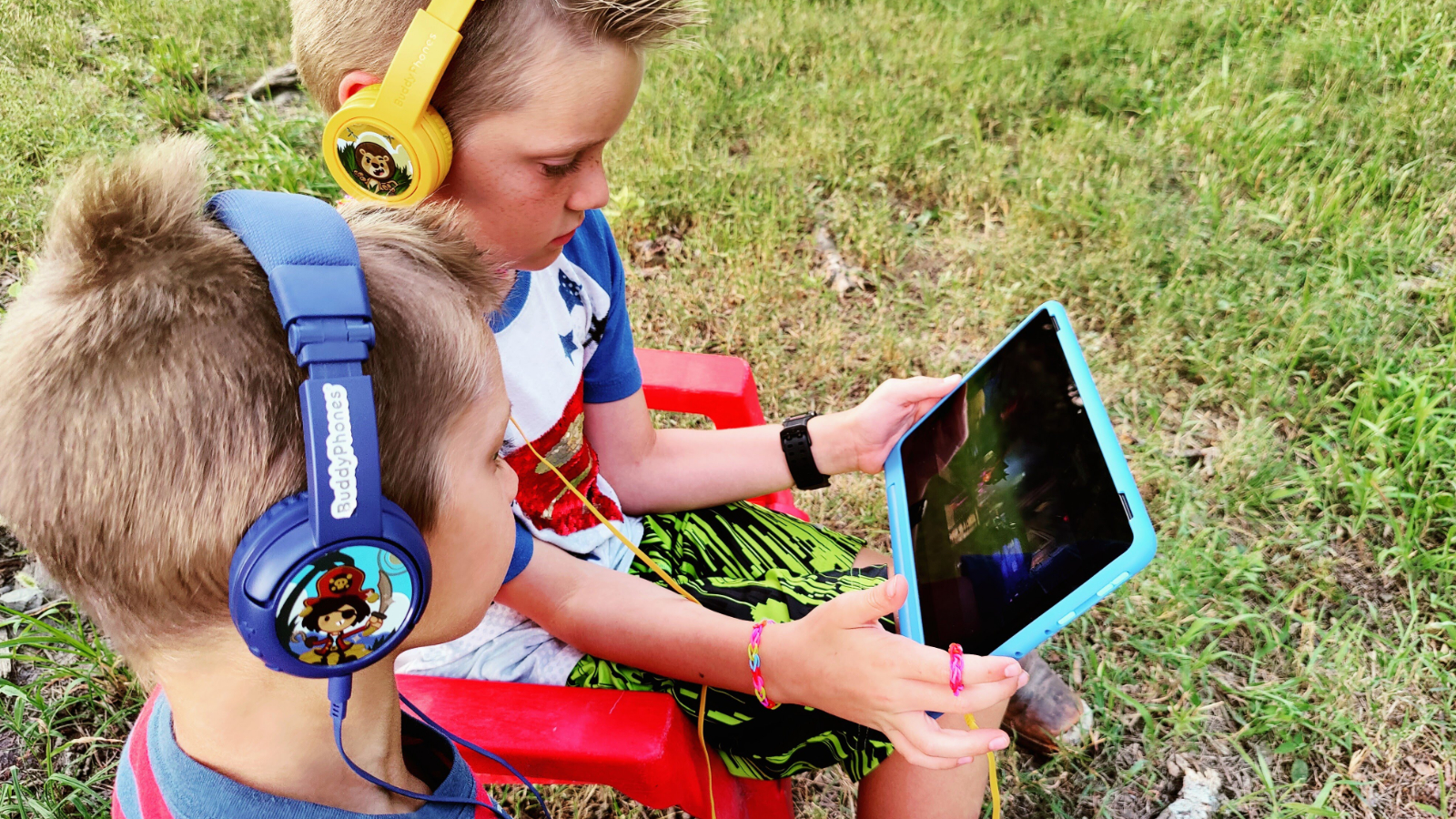
One of the most common bits of tech for kids is tablets. There are some really great Android tablets for kids, but some of the best are from Amazon — my six-year-old has an Amazon Fire HD 8 Kids, while my nine-year-old uses the Amazon Fire HD 10 Kids Pro. What made me pick these devices is the parental control software — Amazon Kids+.
Amazon offers a full suite of settings for parents to use in order to best keep their child safe when using an Amazon Kids+ compatible device. The software lets parents easily see what apps their child uses (and how often) when the device is available, set time limits, create content requirements (like 30 minutes of reading before videos are available), and more.
An Amazon Fire Kids device is the best bet for parents who plan to allow their children to be on a tablet during their summer break.
Amazon Kids+ offers curated content based on your child's age from a content perspective. You can even add extra filters to block specific content and characters. The software also has settings you can choose to allow your child access to the app store, with restrictions on app types and even an option to require your permission before the app's installation. Amazon Kids+ can do so much and can be a parent's best friend.

The other common device with kids these days, even younger children, is smartphones. Picking the best smartphone for kids can be daunting. Aside from considering the budget for buying a device and paying for service, parents also have to consider the kind of access to the internet a smartphone introduces.
Get the latest news from Android Central, your trusted companion in the world of Android
If communication and location are two essential things you want for your child, then perhaps something like the TickTalk 4, one of the best kid's smartwatches, is an option. Picking a phone like the Gabb Phone Z2, where the software is pretty barebones and removes access to all apps with no internet browsing in sight, can go a long way in keeping your child safe on their phone. But for an older child that may be ready for a bit more access, using things like Google Family Link to monitor their device is another helpful tool.
No matter what the device is, you'll need to consider safety implications if it connects to the internet.
A byproduct of the internet has been streaming services. From movies to music, the way we consume media has changed, including for kids. If enabled, when kids are on their devices, it's a good chance that if they aren't playing a game, they're streaming something, which can be scary for parents.
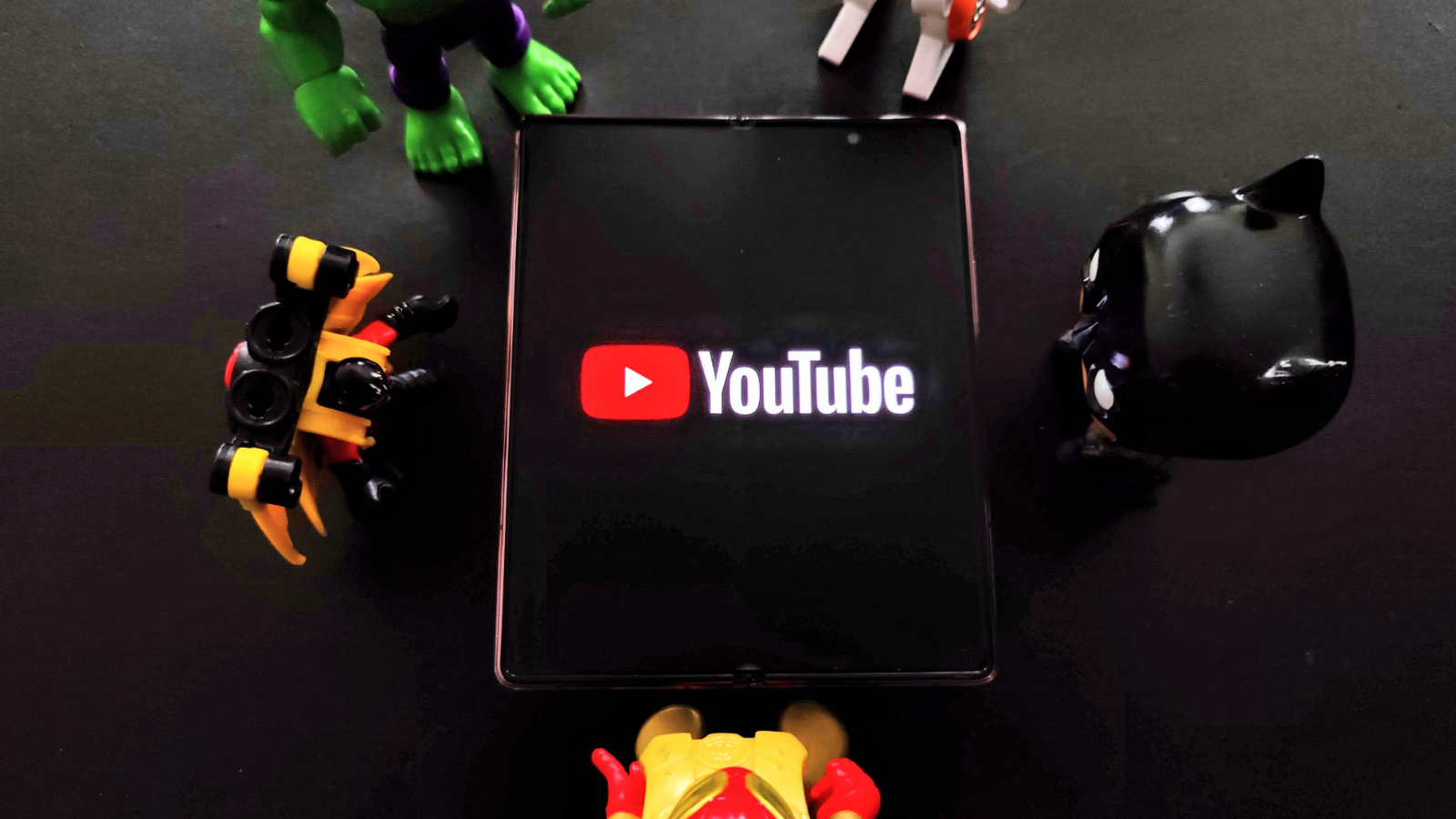
We know the kinds of videos that are online. There is no shortage of inappropriate content for young eyes and ears online — both professionally created or user-generated. But there is also plenty of excellent content to entertain, engage, or educate kids. Finding a streaming service that makes you feel comfortable is part of the equation. The problem is that sometimes the bad gets mixed in with the good, even on a platform trying to keep kids safe.
When I asked Matthew Johnson, director of education at MediaSmarts, what platforms (if any) are doing a good job of providing a safe place for kids to find entertainment, he told me, "The safest platforms are those that don't host user-created content, such as Netflix, Disney Plus, CBC Gem, and Sensical. While there is still the potential for children to see inappropriate content on these platforms, it is much less likely and easier for parents to prevent it. Platforms that do host user-created content like YouTube Kids can provide a safe place, but parents need to be more careful and more involved."
The internet and entertainment go hand in hand, but not all kinds of entertainment are kid-appropriate.
I asked Danielle Armitage, a friend and parent of a child in my son's class who also happens to be the Outreach Prevention Coordinator at SOS Inc., the same question.
She told me, "There are a few different ones, but one of the top ones seems to be Spotlite (formerly Kudos) that can be used and is also encouraging safe, healthy online behaviors. I feel like every platform has the ability to be one that can be unsafe because, realistically, if a predator wants access to others, they will find a way to get around barriers that are put in place to protect others that are on the platform. I believe if parents are monitoring what their kids are doing, then kids are able to interact on a variety of different platforms.
I think that often, we believe others will help us out in protecting our kids, but as caregivers, we have the ability to engage in conversations that will prepare our children with the necessary tools if they find information online that is not appropriate or makes them feel unsafe."

These experts had a common thread that parents need to be actively involved in what their children are doing online. It can be quite easy, with the amount of daily stress that many parents deal with, that having to review what their children are doing online can seem like too much. This can lead to putting all of our trust into the services of a company to keep our children safe online. While these tools should definitely be utilized, we need to be hands-on as parents.
I asked Johnson what primary hurdles streaming platforms have to overcome to provide a safe experience for all ages better. He said, "The biggest hurdle for most platforms is the sheer amount of content on them, which makes them rely on algorithmic content moderation and on video creators proactively identifying content that isn't safe for kids."
When asked about blocking platforms entirely from kids' eyes, Armitage said, "Honestly, try not to just ban platforms from your kids. When we do this, it makes kids curious, and they know that other kids their age are accessing a majority of these platforms. The best advice I can give is to encourage parents to get on the platforms and see what is going on, what kinds of conversations are happening, and what their kids are actually doing on there. This allows them to engage in conversation with their child about the information they are seeing, and how to handle situations that might make them feel uncomfortable."
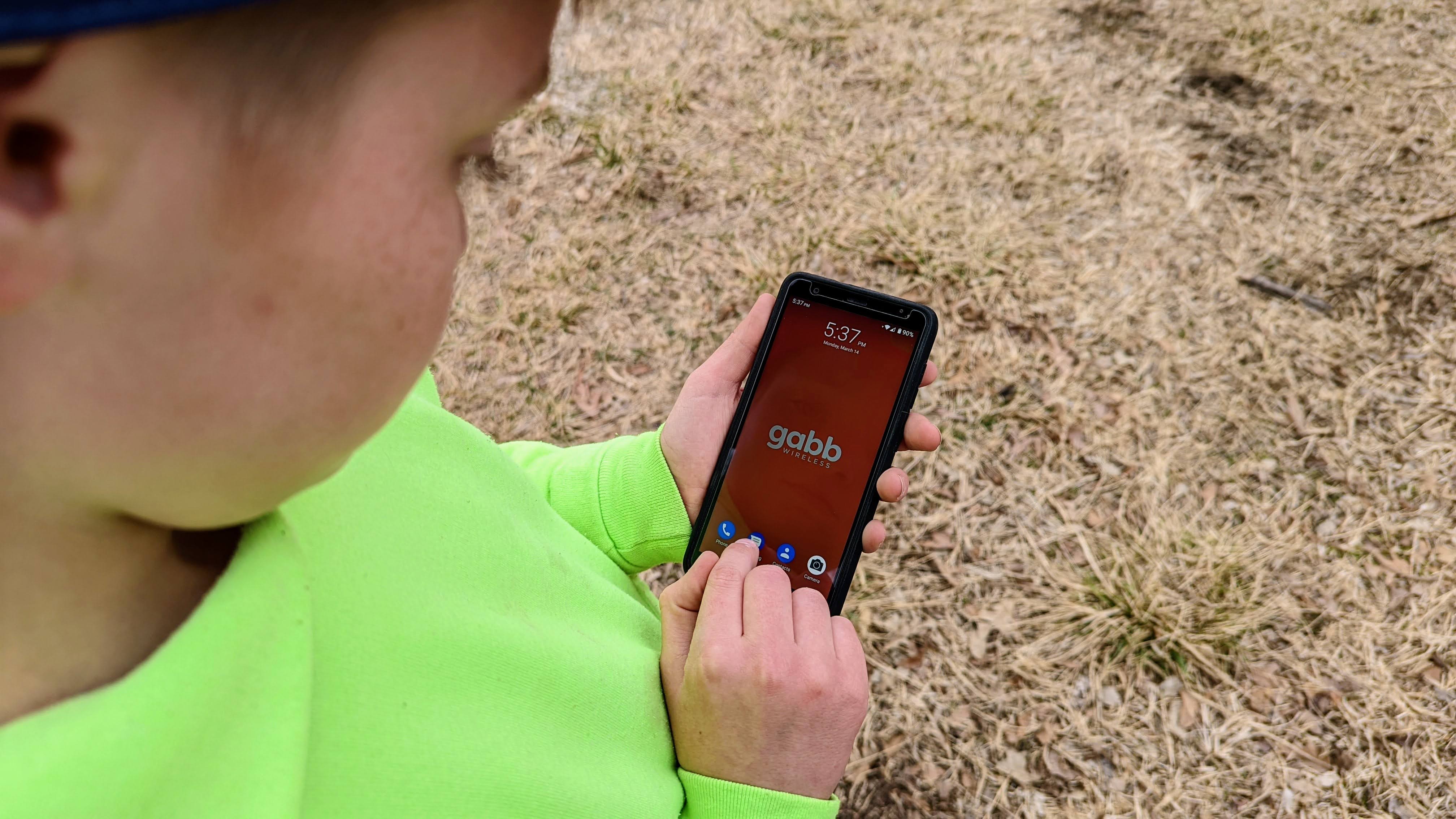
We often talk about what safety tools are out there for parents and what they can do with them. But the other part of the "keeping kids safe online" tripod of software tools and parental involvement is the platform's responsibility. These streaming services are both places of entertainment and education, which can lead to content not being kid-appropriate. Trying to keep young eyes from accessing it is a big one — and it gets even more complicated when the content is user-generated.
I asked Johnson what level of responsibility he felt streaming providers have in protecting children from inappropriate content. He said, "The level of responsibility varies depending on whether or not the platform is explicitly aimed at children. Obviously, if it is, then managing the content becomes paramount. However, platforms do also have a responsibility to recognize when a significant number of young children are using their service, even if it is not aimed at children, and then to either more actively screen out those young users or more aggressively manage the content they're seeing."
The streaming platforms themselves need to take on the added responsibility for the content allowed, and protecting kids from being exposed to the wrong kind.
Armitage added, "I believe that different streaming platforms just need to be able to have 24-hour monitoring of what is being uploaded on their sites, and should have filters that will catch any inappropriate behaviors when these videos are being uploaded to their sites. If someone does know how to get around filters that are put into place, there needs to be a good process put in place for viewers to be able to report and get videos taken down quickly so that they are not being accessed by other viewers after someone has reported the video."
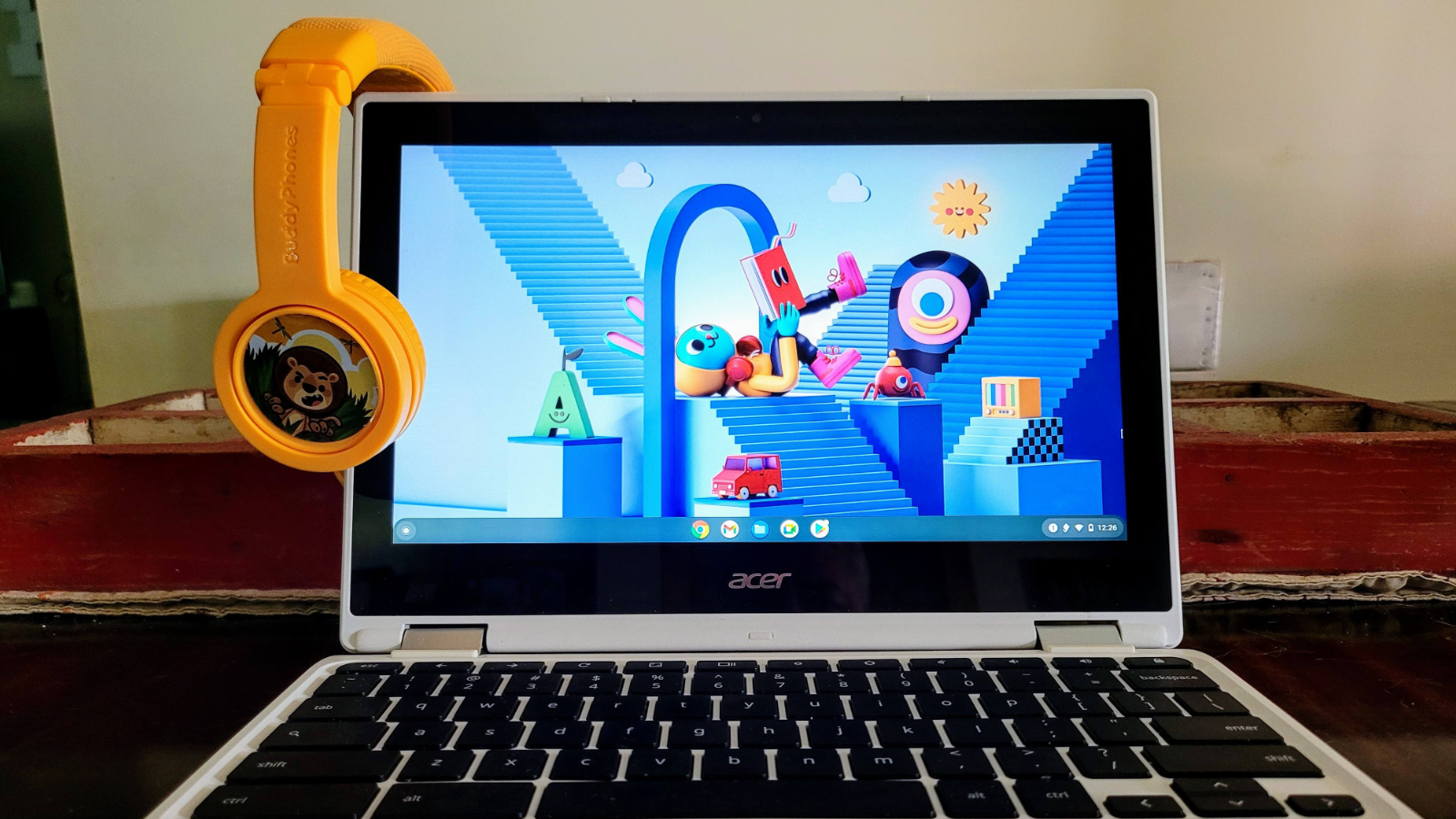
Many platforms are trying to help keep our kids safe online, but we need to stay vigilant in doing our own filtering as parents. Along with Google and Amazon, there are plenty of smaller companies doing big things in the kids tech space. But for us parents, we can't depend on someone else to keep our kids safe online.
I asked Johnson what ways parents can help ensure the content their child access is safe are. He told me, "It's a good idea to tell your kids to come to talk to you right away if anything upsetting happens to them when using networked devices, including seeing disturbing or frightening content. It's also important to use parental controls for any device and service that young children are using. Though these are not perfect and do not replace parental involvement, they do a good job of filtering out a fair amount of inappropriate and suggestive content."
Armitage felt similarly, saying, "The best way to ensure content is safe for your child is to check the content out yourself. I can't say this enough, but each of us should be having conversations with our child about what they are looking at online and be able to understand all the information that is out there."
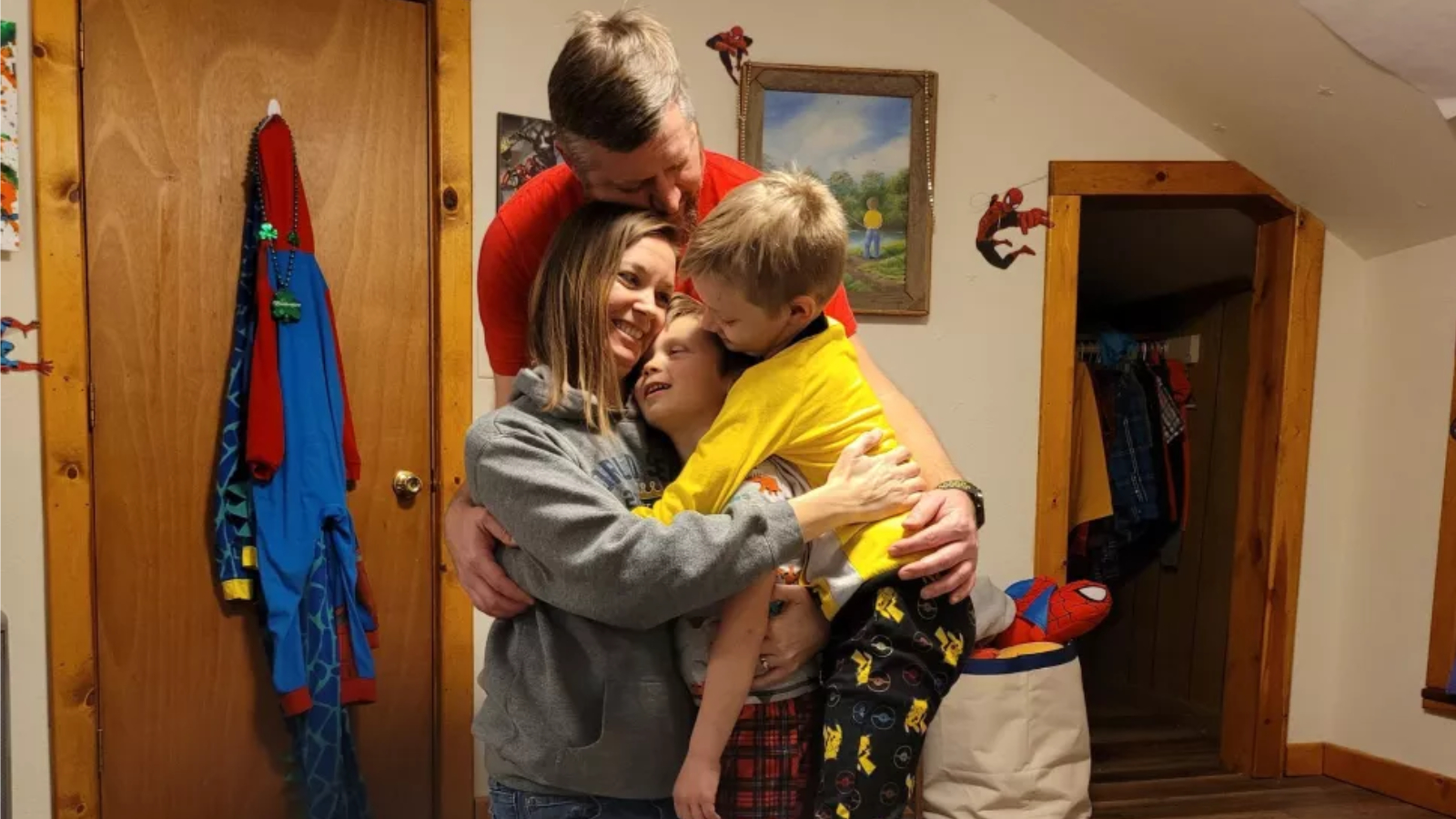
As the summer kicks off, our kids will have more free time, and many will want to use connected devices to occupy it. Ensuring you have the tools in place, you've spoken with your child about the expectations for their online exploration, and are actively reviewing what they are doing online, is paramount to keeping your child safe online. But remember, online safety doesn't end when the summer does. So regularly reviewing it for yourself and your child is important to do every so often.

